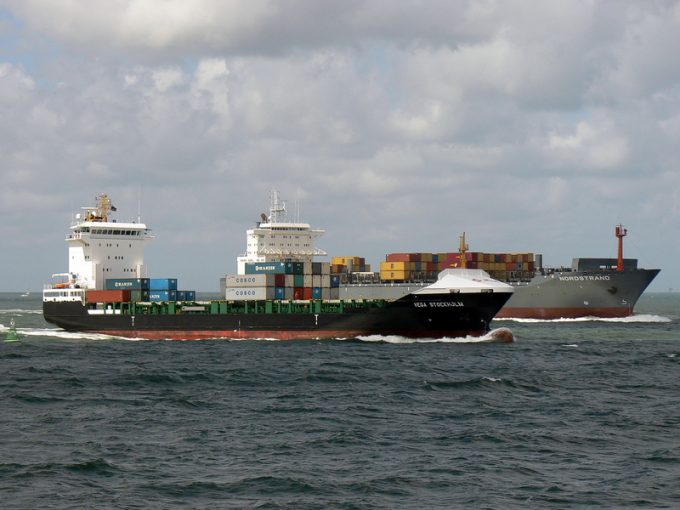USTR fees will lead to 'complete destabilisation' of container shipping alliances
The USTR fees for China-built shipping threaten a “complete destabilisation” of the ocean alliances, as ...

The majority of the feeder fleet in Europe is more than 20 years old and, with a dearth of newbuild orders to shipyards in the past few years, the sector is facing a chronic shortage of tonnage.
According to an Alphaliner analysis, the age profile of ...

Comment on this article